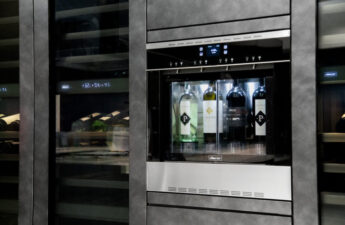Like everything else, inflation has caused a spike raw material costs which is effecting Whirlpool’s bottom line this year. To combat it the appliance maker is cutting global production by 35% to align with lower consumer demand.
Last quarter Whirlpool ended with healthier inventory levels because it produced less than it sold. Their senior executives told investors they don’t expect to see much change in demand over the next quarter. They are also optimistic about their inventory levels headed into next fiscal year.
“We’ll start with a healthy level of inventory which then allows us to run our factories in a very efficient way and allows us to, hopefully, as we look at the demand environment and stay in check with it,” Vice President and CFO Jim Peters said on the earnings call.
Whirlpools current production is at the same level from the second 2020 quarter when they was faced COVID-19 shutdowns at their manufacturing facilities. Through Q4 t the company is planning to keep production at a conservative level to keep in line with consumer demand. This should keep them in a better positioned to manage demand fluctuations.
The company is not alone, other home goods manufacturers like LG is also dealing higher stick levels due to with demand dips. According to a Q2 LG earnings call, in North America and Europe the electronics company adjusted some TV production to help fight rising inventories.
As inflation rises and slowing home sales Whirlpool is facing double-digit demand drops in key markets hurt the appliance maker’s bottom line. The company’s net sales dropped 12.8% YoY last quarter, according to a regulatory filing.




